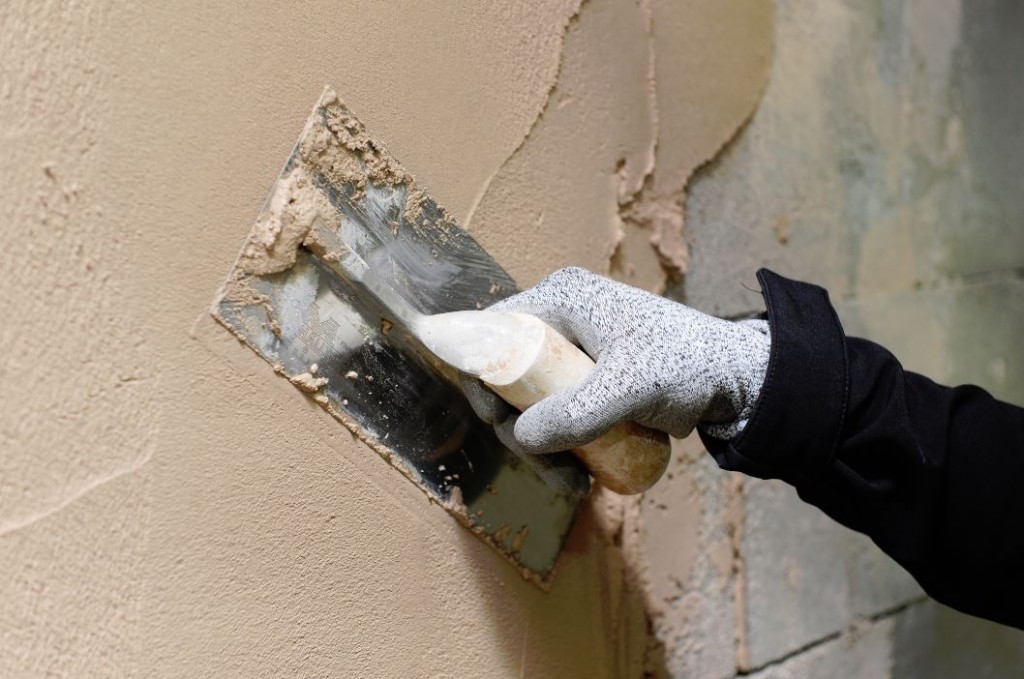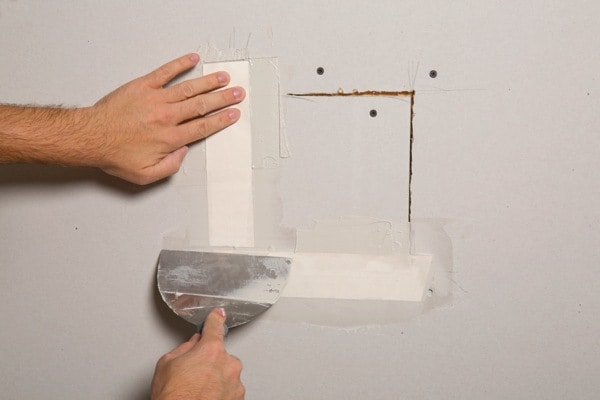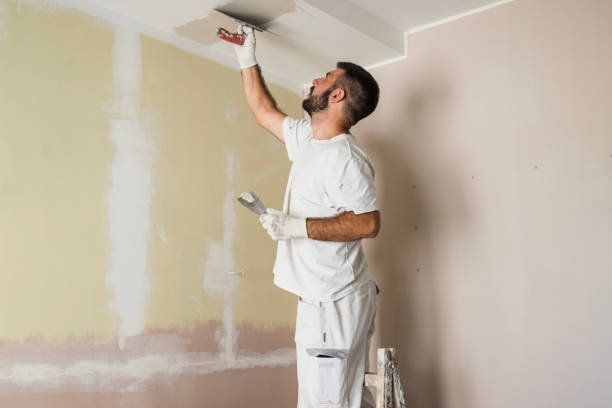Exactly how to Improve Your DIY Abilities with Appropriate Plastering Strategies
Key Tips and Devices for Effective Gluing in Your Home Enhancement Endeavors
Accomplishing a perfect plaster surface in your house improvement jobs requires a mix of the right devices and proven strategies. Crucial executes such as the hawk and trowel are critical for efficient application, while appropriate surface area preparation lays the structure for success. Furthermore, recognizing the nuances of blending plaster and applying it in thin layers can considerably impact the last end result. As we discover these essential facets, it becomes apparent that avoiding typical challenges can raise your plastering abilities-- ensuring your following job not just fulfills but exceeds expectations.
Necessary Smudging Devices
A plasterer's toolkit is fundamental to accomplishing a sturdy and smooth coating on ceilings and walls. The necessary tools encompass a variety of executes made to help with the gluing process successfully and successfully. Secret elements include a hawk, which is a level, square device utilized to hold the plaster while applying it to surfaces. This device permits simple transport and application of the material.

Additionally, a blending container is required for preparing plaster, making certain the right consistency before application. A plastering brush or sponge works for ending up touches and smoothing out structures. Lastly, safety and security tools such as handwear covers and masks ought to be consisted of to shield the customer from dirt and chemicals. Together, these crucial plastering devices enable both specialists and do it yourself fanatics to accomplish top notch cause their smudging tasks.
Surface Preparation Methods
Appropriately preparing the surface area prior to smudging is important for making sure bond and achieving a perfect finish. The primary step includes cleaning the surface to remove any type of dust, grease, or old paint that might prevent the plaster's capability to bond properly. A thorough wash with a suitable cleansing option is recommended, followed by rinsing and allowing the surface area to dry totally.
Next, analyze the surface area for any type of imperfections or splits. These ought to be loaded with an appropriate filler substance and allowed to treat according to the manufacturer's guidelines. For permeable surfaces, applying a guide is important to develop an uniform texture and improve bond.
Furthermore, it is important to make certain that the surface area is secure and structurally audio. Any type of loose materials, such as flaking paint or damaged drywall, need to be repaired or eliminated. If working with masonry surfaces, consider utilizing a scrape layer to enhance grip.
Mixing Plaster Like a Pro

Making use of a tidy mixing container, pour the water first, after that progressively add the plaster powder while stirring constantly. This technique assists to stop clumping and makes sure an also distribution of materials.
Once mixed, enable the plaster to relax for a few mins to enable the gypsum crystals to moisten completely. This resting period boosts workability and lowers the risk of fracturing throughout application. By complying with these actions, you can blend plaster like a professional, setting the foundation for an effective smudging task in your house enhancement endeavors.
Application Techniques for Smooth Finishes
With the plaster combination prepared to the optimal consistency, the next action includes picking suitable application methods to attain a smooth surface. This tool allows for a penalty, even circulation of plaster across the surface while decreasing trowel marks.
Begin by applying a charitable amount of plaster to the surface area making use of the trowel, guaranteeing it sticks well. Utilize a methodical approach, functioning from the lower upward. As soon as the first layer is used, use a sweeping motion to smooth the surface area, applying even stress. In areas that require even more thorough attention, think about making use you can try these out of a float, which can aid get rid of any type of imperfections and develop an uniform structure.
For the last touches, a wet sponge can browse around this site be utilized to refine the surface area further. Gently haze the plaster with water and carefully massage the surface to attain a polished effect. Constantly remember to function in tiny areas to preserve control over the application procedure, making sure a smooth, professional finish throughout your plastering project.
Usual Mistakes to Prevent
When beginning on a plastering job, avoiding usual blunders is important for attaining a perfect finish. Make sure that all dust, oil, and loosened materials are removed before applying plaster.
An additional common error is using plaster as well thickly. Thick layers can fracture as they dry, compromising the integrity of the surface. Rather, go with numerous slim layers, enabling each coat to completely dry entirely before applying the next.
Additionally, bad mixing methods can cause irregular structure and workability. Constantly adhere to the manufacturer's instructions for blending ratios and extensively mix the plaster to attain a consistent uniformity.

Timing likewise plays a critical role; plaster ought to be used while the substratum perspires to boost adhesion. Last but not least, stay clear of making use of inappropriate devices. Top quality trowels and floats can make a significant distinction in achieving a smooth finish. By staying away from these typical mistakes, you can boost the top quality and longevity of our website your plastering work, leading to a much more specialist outcome in your home enhancement ventures.
Verdict
Effective plastering calls for a thorough understanding of crucial tools and techniques. Mastery of these aspects not just contributes to the aesthetic charm of an area however also makes sure durability and durability in gluing projects, making them important to effective home renovation undertakings.
A float is another important device, which helps in leveling the plaster and achieving a consistent surface.

By following these steps, you can blend plaster like a pro, setting the foundation for a successful plastering project in your home improvement ventures.
Lightly haze the plaster with water and carefully scrub the surface area to accomplish a sleek effect.